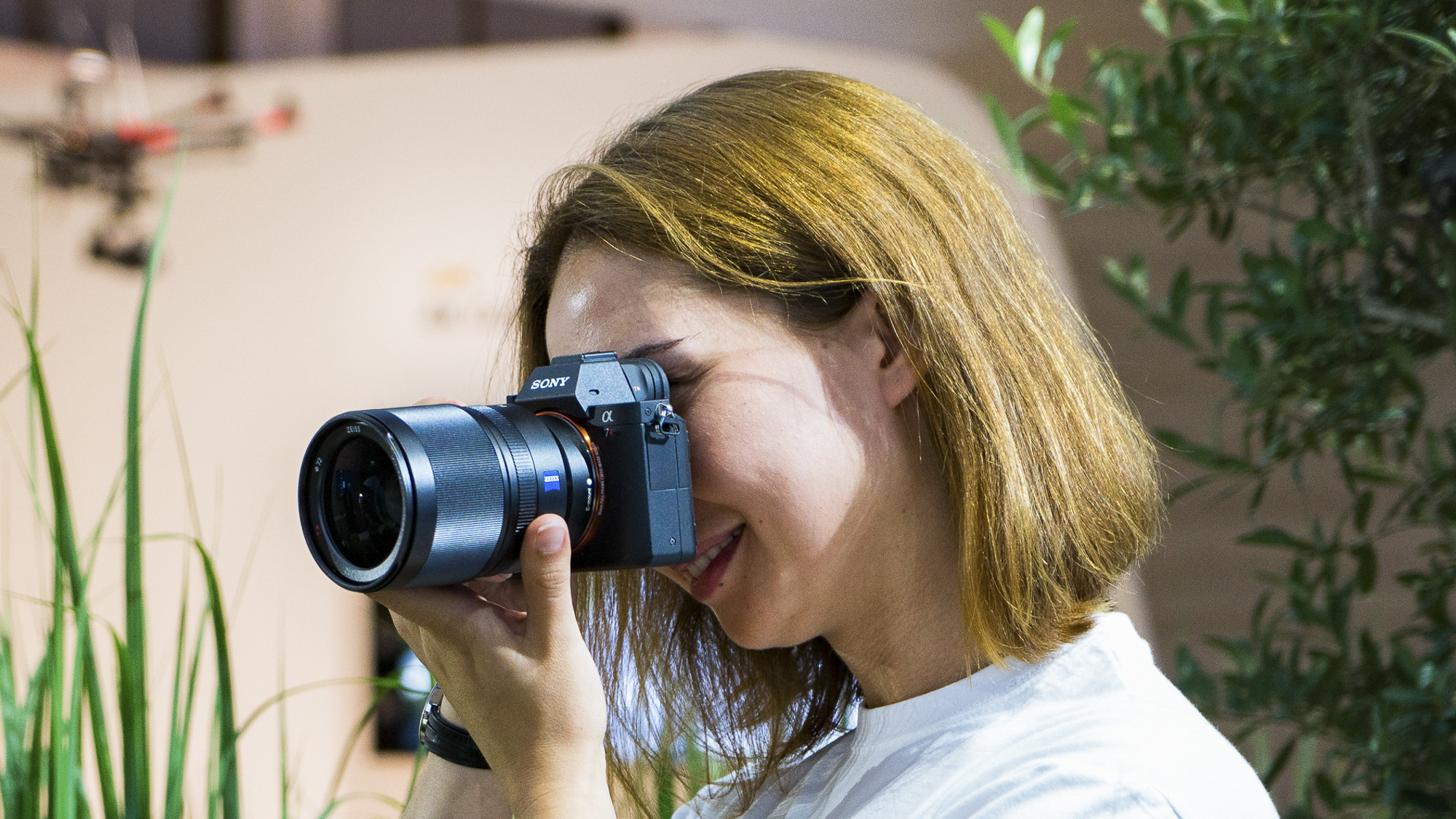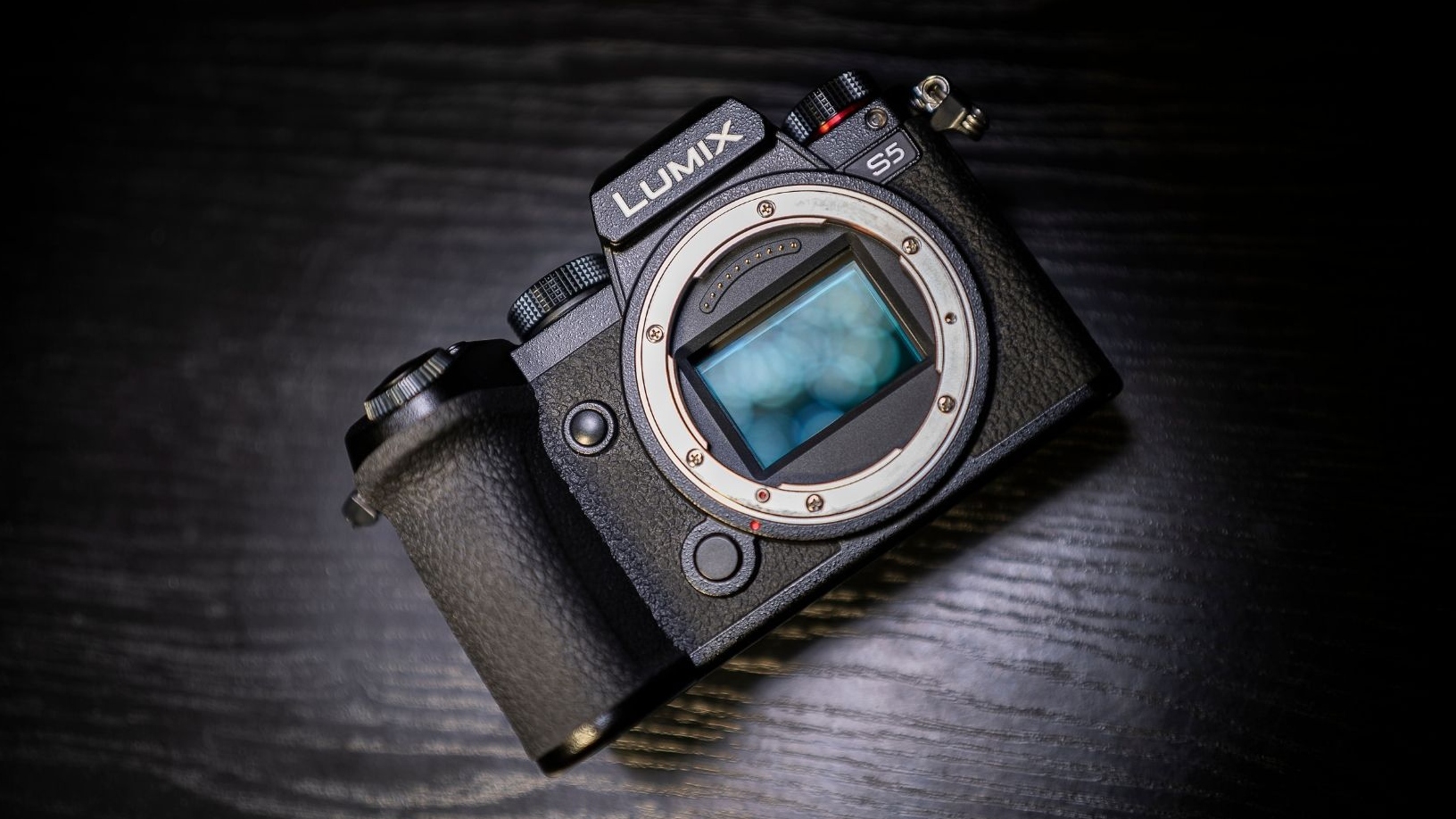Why I only buy cheap cameras. No, wait, let me rephrase that
I don’t mean cheap ‘bad’ cameras – I mean really good cameras that are now sold really cheap!

So just to get this straight, I don’t buy cameras that are cheap from the outset, because they’re generally not very good. What I like is cameras that are good in themselves but were originally sold at very competitive prices or have been discounted so heavily that they become irresistible.
My latest purchase is a Panasonic Lumix G9. When that first came out in 2017 it cost $1,699/£1,499 (about AU$2,351), which was a pretty hefty price for a Micro Four Thirds camera. It was a powerful bit of kit that rivalled the Olympus OM-D E-M1 Mark II at the time, but I wasn’t tempted.
But since then the G9 has had a series of firmware updates to make this high-speed stills and 4K shooter even better for video and at the same time prices have fallen through the floor. Last month I bought one in the UK for £899 (about $1,131/AU$1,565) and it came with a free Lumix 25mm f/1.7 lens. This is a ridiculously powerful camera at this price, and it really paid to wait.

My previous bargain buy was a Sony A7R II, bought last year when the A7R IV was already out. Old tech? For sure – but £1,199 in UK money (about $1,507/AU$2,085) for a 42MP full-frame camera was pretty insane. I wanted it mostly for stills and relatively static subjects, so being two generations old hardly mattered. You can’t really get the A7R II any more, so that was a once-in-a-decade deal in my book.
And a couple of years before that I bought a Sony A6000 when they were still being sold at ridiculous prices (they’ve crept up since then). I think I paid £399 with the 16-50mm kit lens (good camera, dreadful lens).
It’s not always easy to judge. In 2018 I bought a Fujifilm X-T20 body for £799 just because I wanted one, but now the X-T30 II with XC15-45mm power zoom is only £50 more. I also waited in vain for prices to fall on the X100V but eventually gave up and bought one at the full list price. It’s hard to get a bargain on Fujifilm gear!

But even if you can’t get an amazing deal on the camera itself, look out for bundled extras. I decided I had to have an Olympus PEN E-P7 when it first came out, but checked for promotions and got an M.Zuiko 45mm f/1.8 thrown in free (a lens I’ve always wanted) at the Olympus store.
Get the Digital Camera World Newsletter
The best camera deals, reviews, product advice, and unmissable photography news, direct to your inbox!

My hot tip for the moment is the Panasonic Lumix S5 with 20-60mm kit lens, shooting grip, spare battery and a free 24mm lens (UK) PLUS £200 cashback. US retailers like B&H have VERY tempting discounts and deals too. Panasonic gets a bad press for its continuous video AF performance but, even so, this is silly money for a camera – and a deal – as good as this.
Have I ever regretted buying a camera launched two, three or even five years ago? No. Camera tech does not move as fast as we think, especially for stills photographers. Have I ever regretted not snapping up a great camera at an amazing price while I still had the chance? Oh boy, that's a whole other article.
Read more:
• Best cheap cameras
• Best cheap lenses
• Best cameras for beginners

Rod is an independent photography journalist and editor, and a long-standing Digital Camera World contributor, having previously worked as DCW's Group Reviews editor. Before that he has been technique editor on N-Photo, Head of Testing for the photography division and Camera Channel editor on TechRadar, as well as contributing to many other publications. He has been writing about photography technique, photo editing and digital cameras since they first appeared, and before that began his career writing about film photography. He has used and reviewed practically every interchangeable lens camera launched in the past 20 years, from entry-level DSLRs to medium format cameras, together with lenses, tripods, gimbals, light meters, camera bags and more. Rod has his own camera gear blog at fotovolo.com but also writes about photo-editing applications and techniques at lifeafterphotoshop.com
